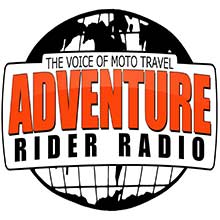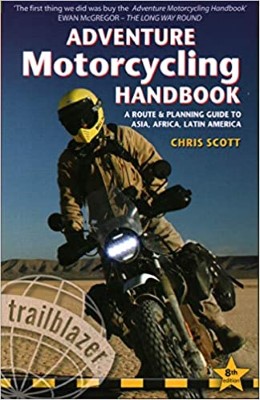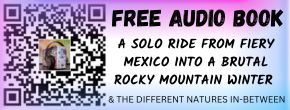
Start: October 26, Uyuni, Bolivia
Finish: October 29, San Pedro de Atacama, Chile
Highest Altitude Camped At: 15,600 Feet
Overnight Low: 22F
Flamingo Species Seen: 3
Colors of Lakes Photographed: Blue, Green, White and Red
There haven't been too many times on this trip where we've felt that we've been really out there. The Corcovado jungle in Costa Rica definitely rings a bell, maybe hiking the narrows in Zion National Park, or our recent overnight visit to the Uyuni Salt Flats.
One thing is certain, we've never had to carry gas on our roof to get where we've needed to go, and we've never spent more than 48 hours without our wheels touching asphalt. Maybe we've been doing it wrong, or maybe we just had our our biggest adventure yet.
There are no medical facilities or mechanics; no ready-made food or comfy hotels in this part of the world. Bolivia's southwest circuit is raw, unadulterated adventure at incredibly high elevations that a single traveler pays hundreds of dollars to experience. The three of us spent a total of $65 to enter the park, $50 on gas, $30 on food and $25 on alcohol. I've said it before, and I'll say it again: this is why we overland.
We're going to try something a bit different with this trip update and include as much information about the route, road conditions and preparations as possible. So if I'm rambling on about gasoline availability and you're looking at a picture of a fluffy bunny, don't be alarmed.
We weren't originally going to attempt to drive the Southwest Circuit, but after some deliberations and excellent advice from Pan-Am Notes' 2010 trip, and our friends at From A to B who did the drive days before us, we decided to give it a shot. If you are contemplating heading into Bolivia's wild frontier, check out Pan-Am Notes' article, and From A to B's new report, they include all of the GPS way points you will need.

Unless you are in a hurry, it's best to explore the salt flats first and then return to Uyuni to stock up on gas and supplies. It's also worth it to get the undercarriage of your car washed clean from the salt. There is a great place on the south side of Uyuni that will clean the underside and the rest of your car for Bs50. S20 28.156 W66 49.172
There is gas in Uyuni, but nowhere else between there and San Pedro de Atacama. We drove 280 miles from Uyuni to San Pedro, but we took the shortest route. Others drove 300 miles by the westerly route, and up to 400 if you want to include the salt flat as well.
There is sometimes gas in San Cristobal, but it is unreliable. The last five overlanders we spoke to going north said there was no gas available in San Cristobal.
There are three gas stations in Uyuni. The one on the east side of town, on the main road when you come in from Potosi, will sell gas to foreigners. Tell them you want it “sin factura” and insist that yesterday you paid 5 Bolivianos per liter. That should get you the best deal. Count on your fuel efficiency dropping due to a combination of high elevation and gravel roads.

The road from Uyuni to Alota (via San Cristobal) is nicely graded dirt - we were going 60mph. South from Villa Alota to Villa Mar the road is still in good shape but there are some patches of sand, and there is a small river crossing just as you leave Villa Alota, less than 6” deep. Given the state of the rainy season, this may change. We were there at the end of the dry season.
From Villa Mar we turned off to the southwest to head towards Laguna Colorado. This road is a bit bumpier then the previous, and again there are some rough spots and places where high clearance makes things easier. We still averaged 30mph up to the lake. We made it from Uyuni to Laguna Colorado in about five and a half hours.
The roads in the park are mixed, mostly rough dirt and some very bad corrugation. There are lots of tracks and usually alternate routes around patches of deep sand and soft gravel. If you were careful, you could do this route without a high clearance 4x4. But expect lots of backing up and a lots of route finding. Deep sand is the biggest problem.

There is a park office on both sides of Laguna Colorado. The park entry fee is Bs150 per person, and the ticket is valid for four days. There is another office on the southern border a few kilometers before the Bolivian immigration. They will check your tickets, so don’t overstay your four days.

We spent our first night camped in a dry canyon just off the main road leading south from Laguna Colorado. Most of this park is at very high altitude and the weather is freezing, below 0C at night, easily. On top of the frigid temperature there are very high winds that are not friendly, especially if you are sleeping in a tent. Plan your campsites to be in sheltered areas, and you’ll enjoy the park more.

Betcha didn't know rabbits could have long tails?

This is a vicuña, a wild variety of llama that lives at high elevations. We've only ever seen them licking rocks in the middle of a desert. But they must be doing something right, a kilogram of their fur sells for $500 and the right to cultivate them has sparked bloody feuds in parts of Bolivia and Peru.
Keep Reading>>>







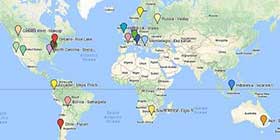











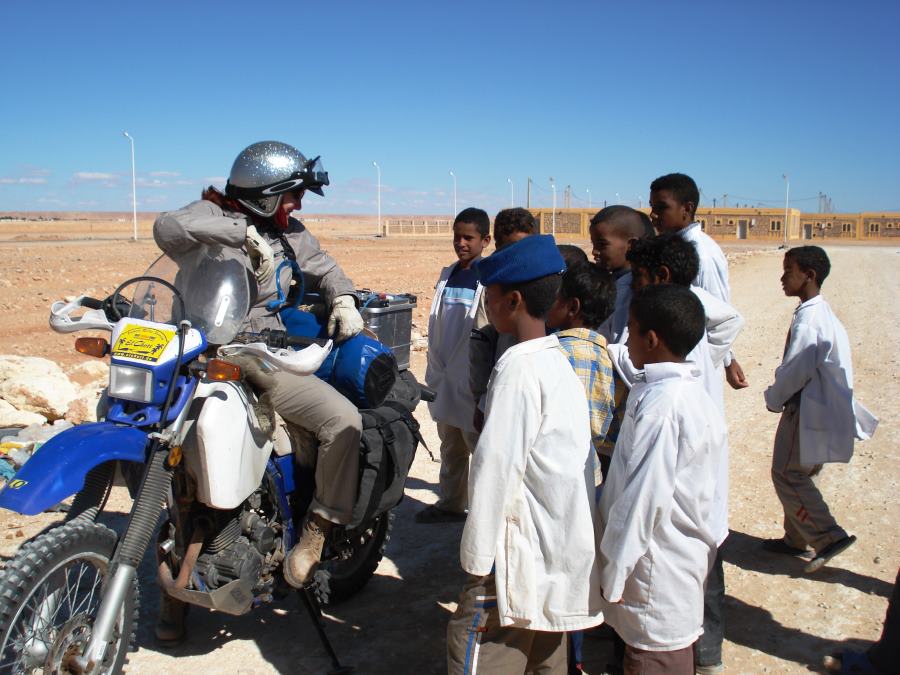

 2Likes
2Likes




















 Threaded Mode
Threaded Mode

